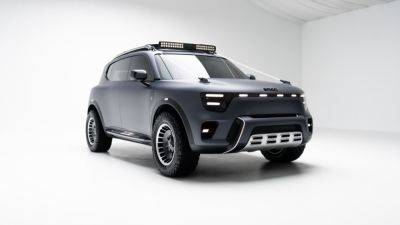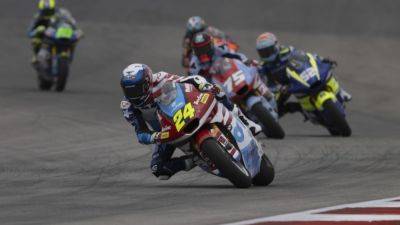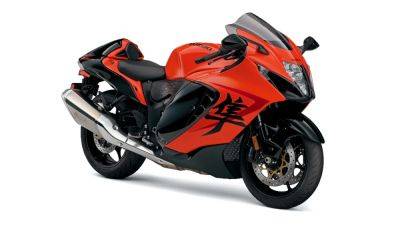50 at 50: Audi celebrates five decades of making small cars
There's a part of the Audi iceberg that we've never seen in the United States. It's where cars like the A1, which is now in its second generation, and the A2 are found. The car that started this lineage is a small, two-door hatchback called 50 that turns 50 years old in 2024.
Even in Germany, the odds of seeing a 50 are low. Audi built 180,828 units from 1974 to 1978, so it was hardly a high-volume model, and it's a car that very few bothered to preserve. The 50 arguably did very little for Audi — it wasn't even directly replaced. It was sort of a stop-gap model that traced its roots to NSU, one of the companies that merged to form Audi as we know it, and gave Volkswagen a significant boost.
Rewind to 1961: NSU released a two-door, 135-inch-long city car called Prinz 4 that was powered by an air-cooled, rear-mounted two-cylinder engine. Two years later, the German brand unveiled a longer, more powerful, and overall more usable evolution of the car called Prinz 1000 that gained a four-cylinder engine. This variant proved particularly popular in racing, and NSU happily capitalized on this success by launching a pair of factory-developed performance models called TT and TTS, respectively. I'm betting that both names ring a bell.
In the late 1960s, NSU began planning ground-breaking changes for its next city car. By that point, it was obvious that cars powered by a rear-mounted engine were beginning to look like an anachronism, and not a very desirable one. Volkswagen, Fiat, Renault, and Simca were among the European brands gradually ditching the layout in favor of a front-mounted engine spinning the front wheels. Also, air cooling was out; water cooling was in. Finally, the next NSU city car would need to stand out with a vastly more modern-looking design; the Prinz kind of looked like a Corvair that shrunk in the wash. The engineering department looked over these guidelines and began developing the car.
NSU wasn't working alone — far from it. Volkswagen purchased the troubled brand in 1969, merged it with Auto Union (which was itself already the product of a merger), and created the modern-day Audi brand. Ludwig Kraus, a former Daimler-Benz engineer who worked as







